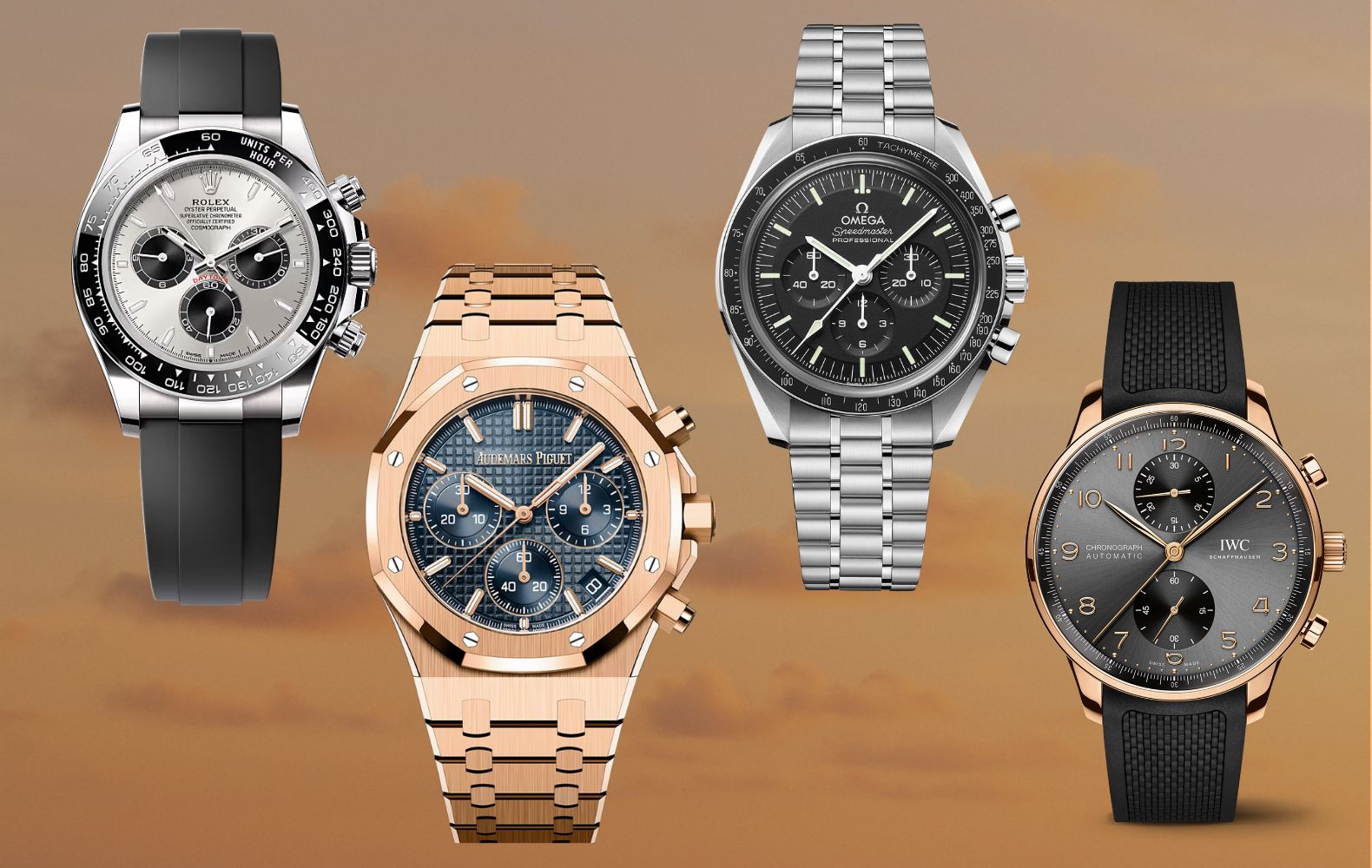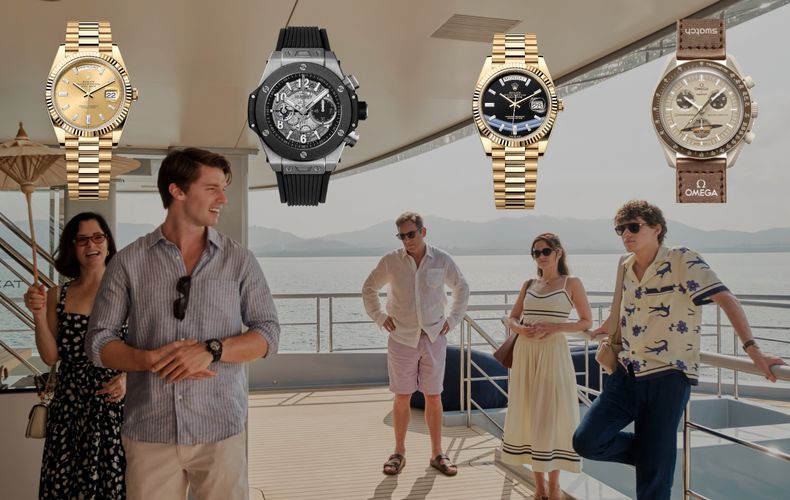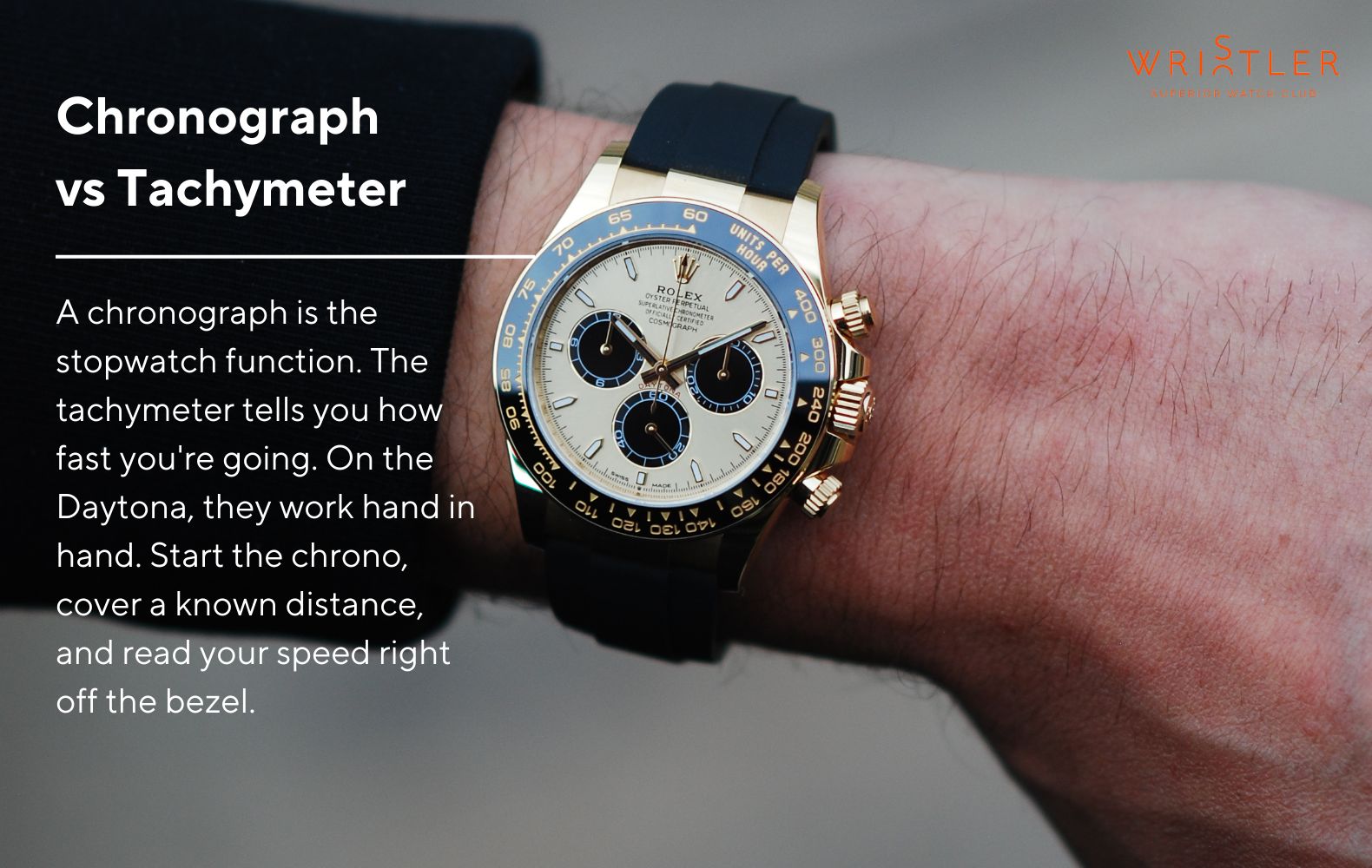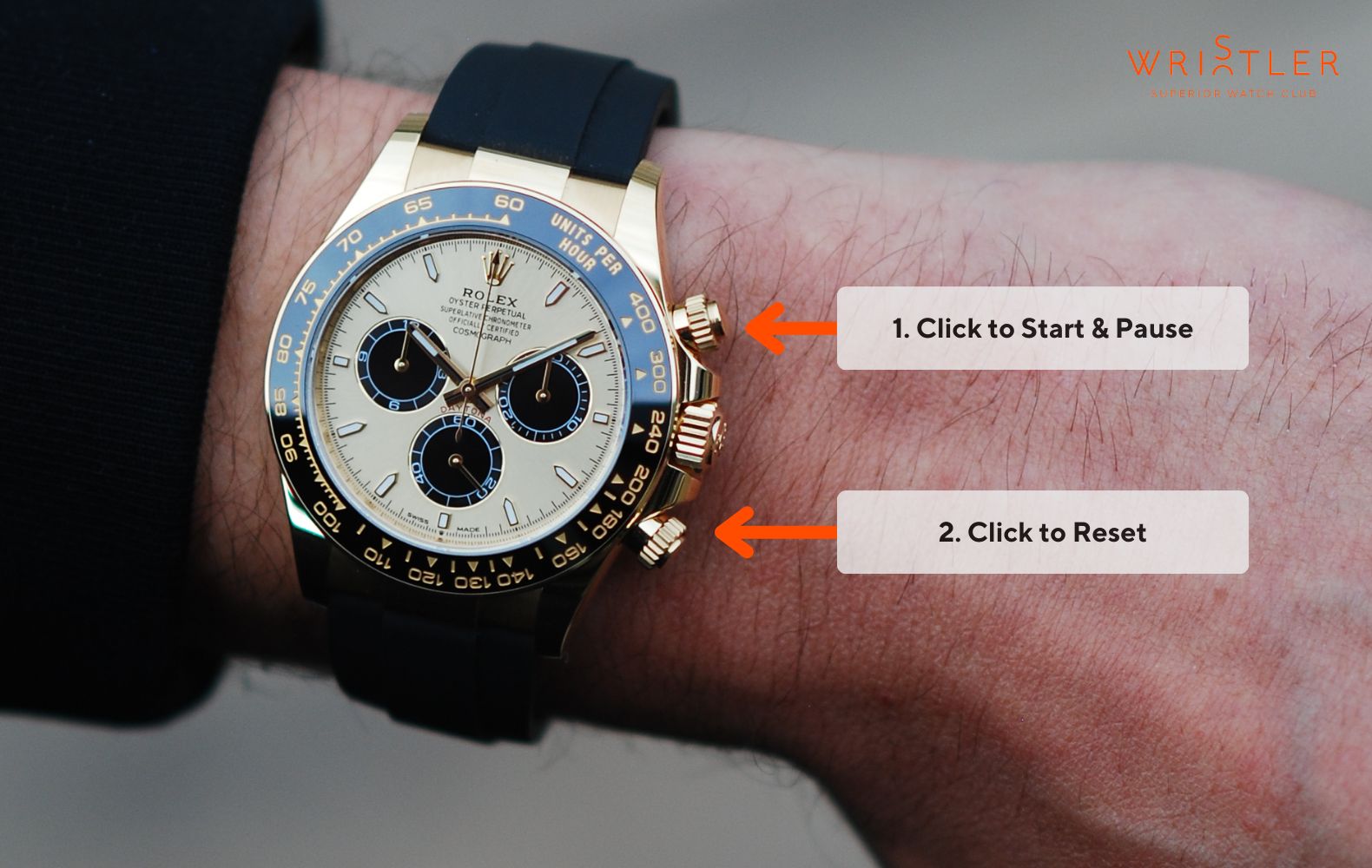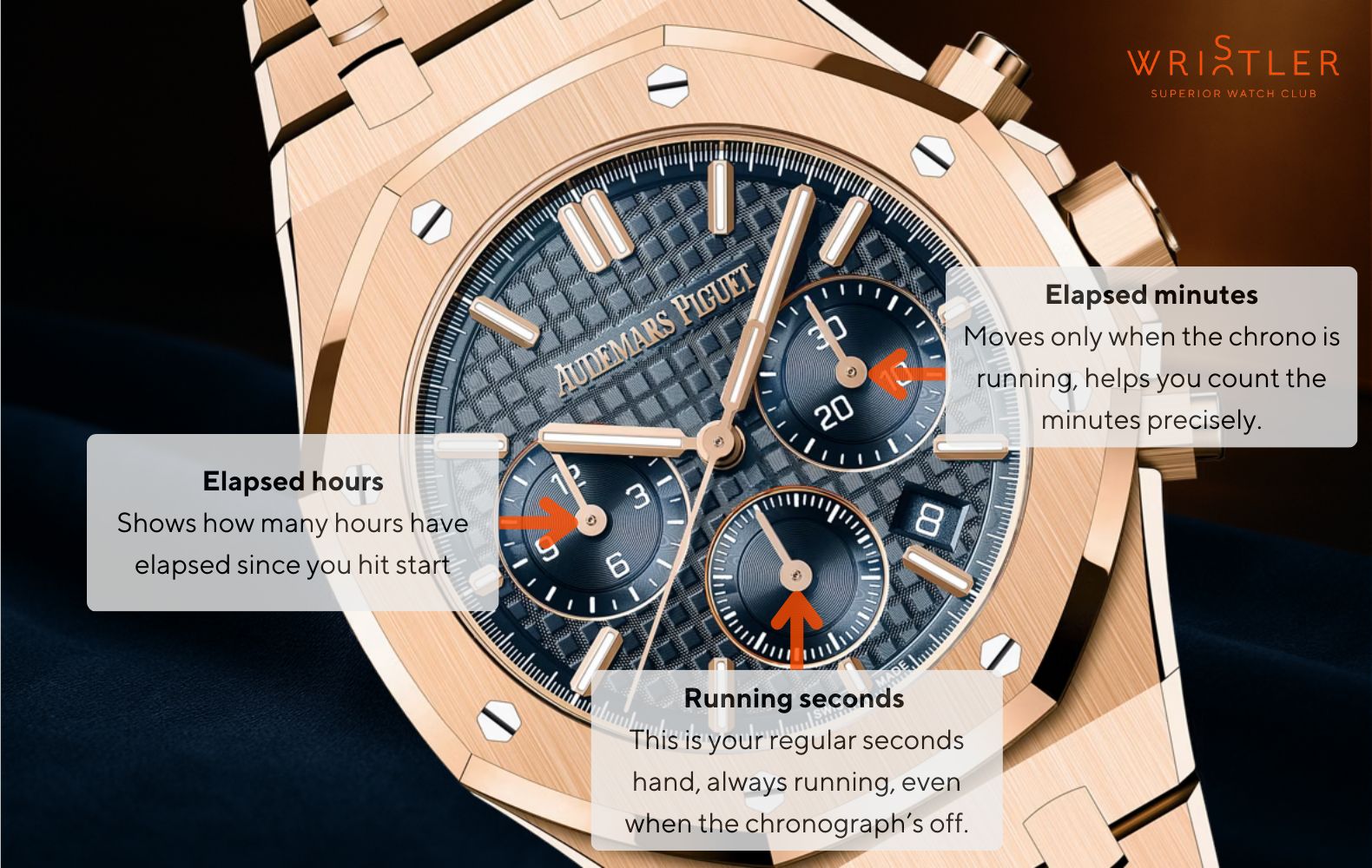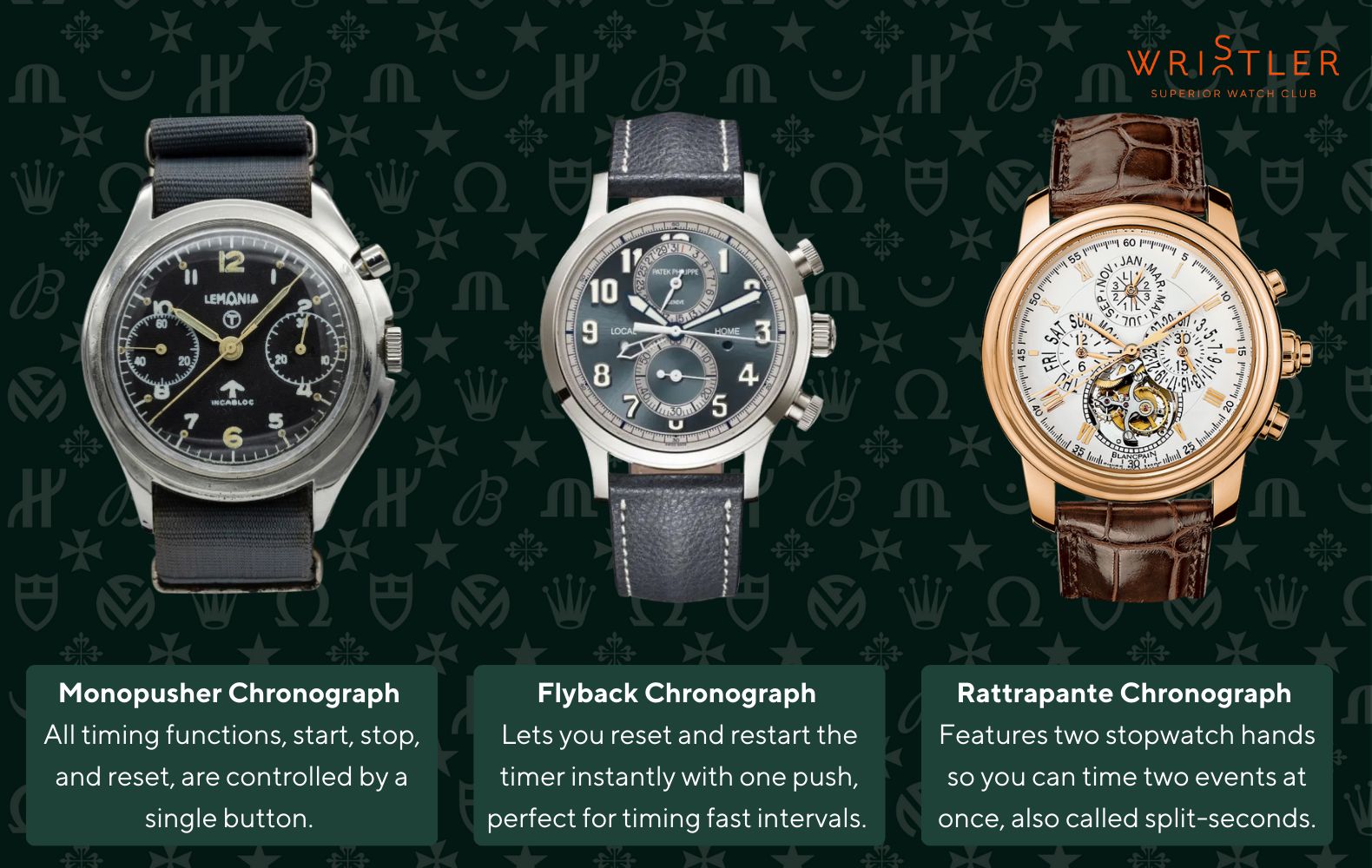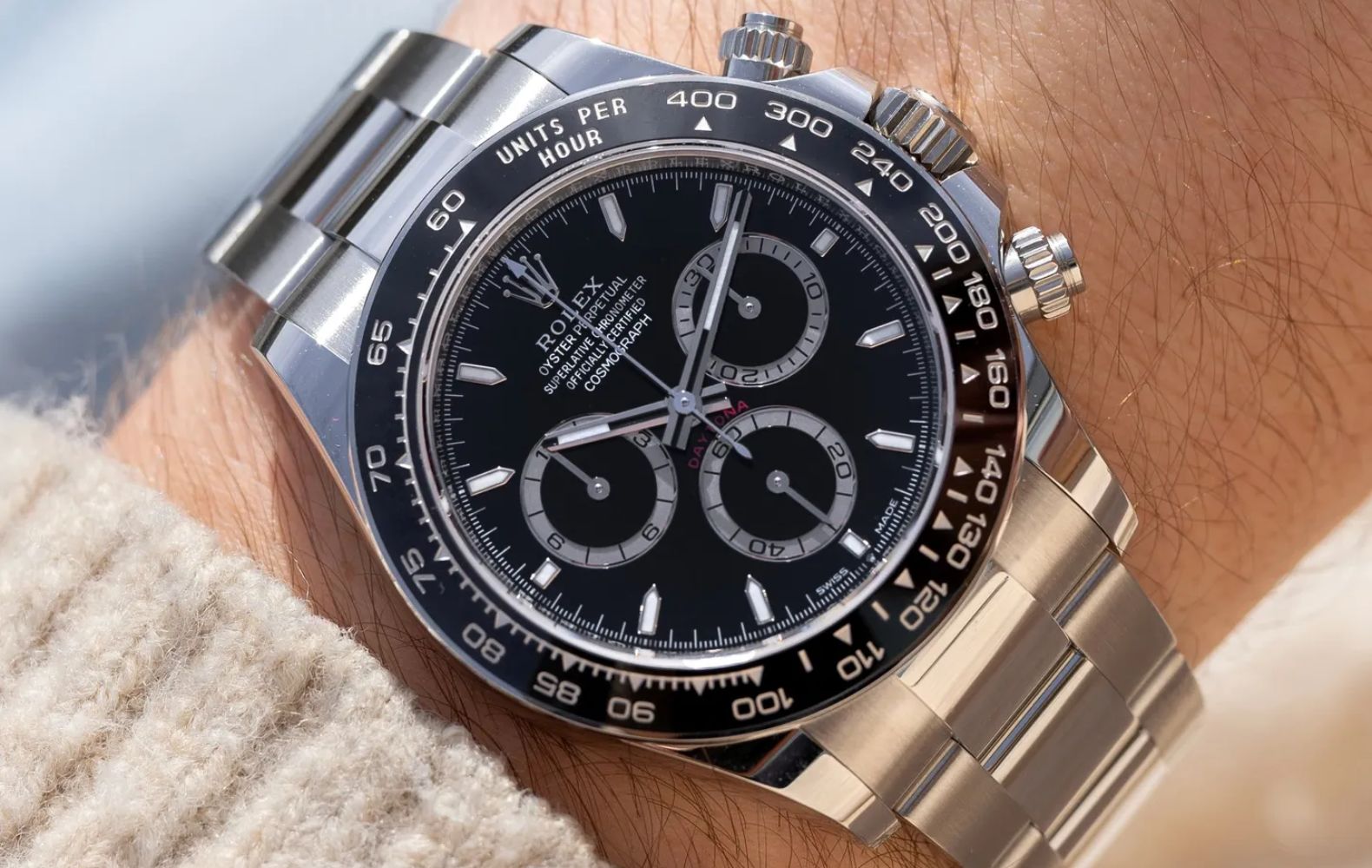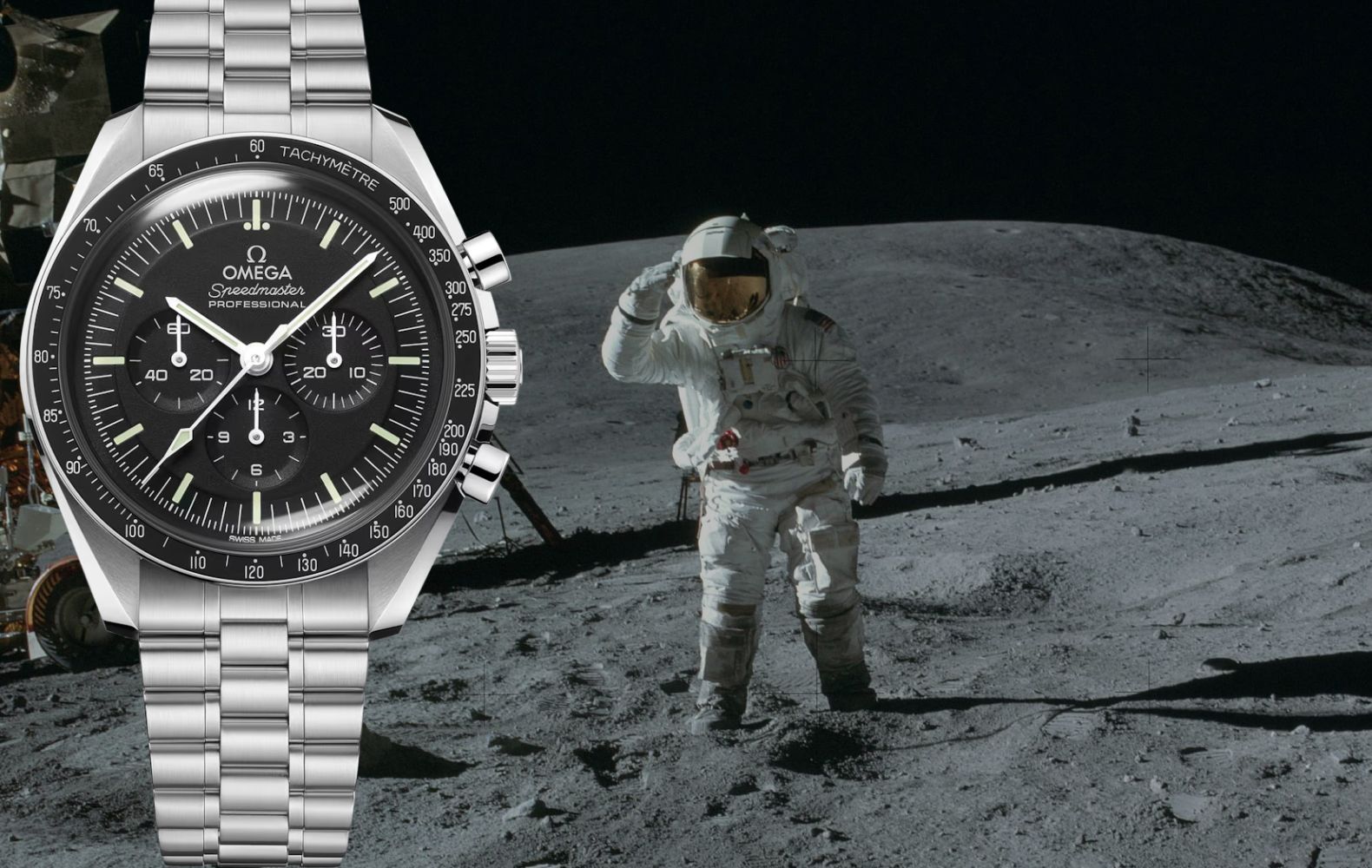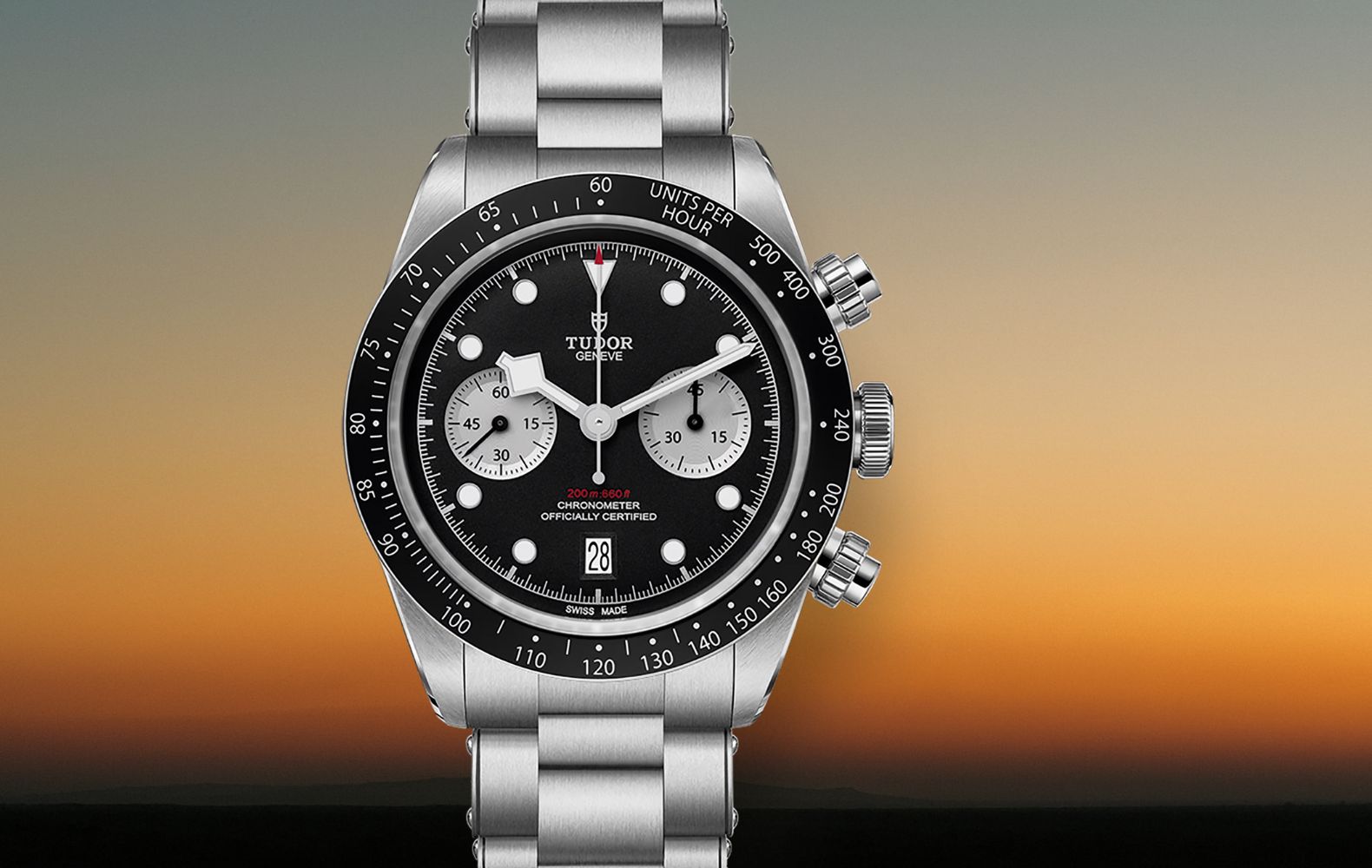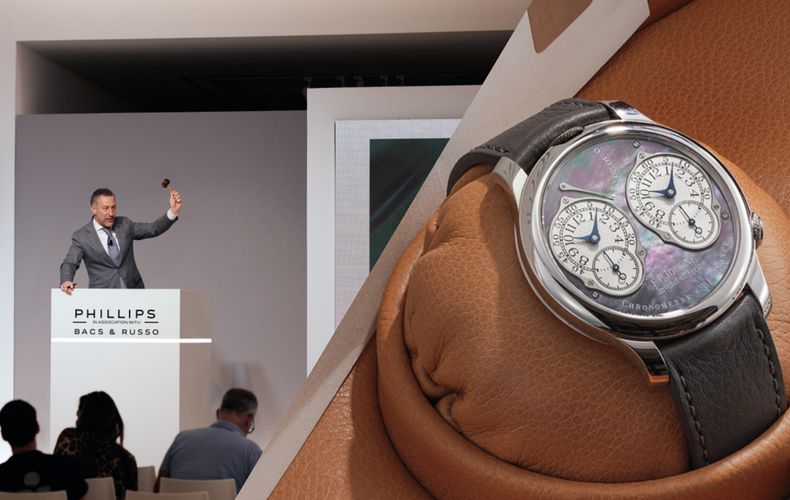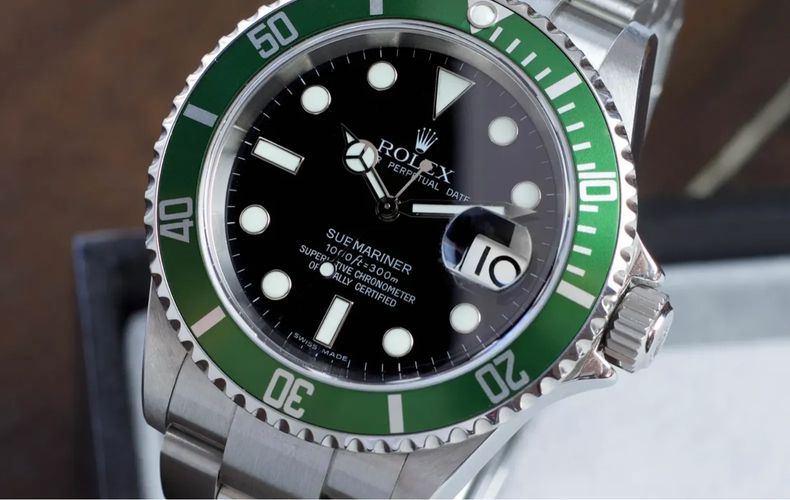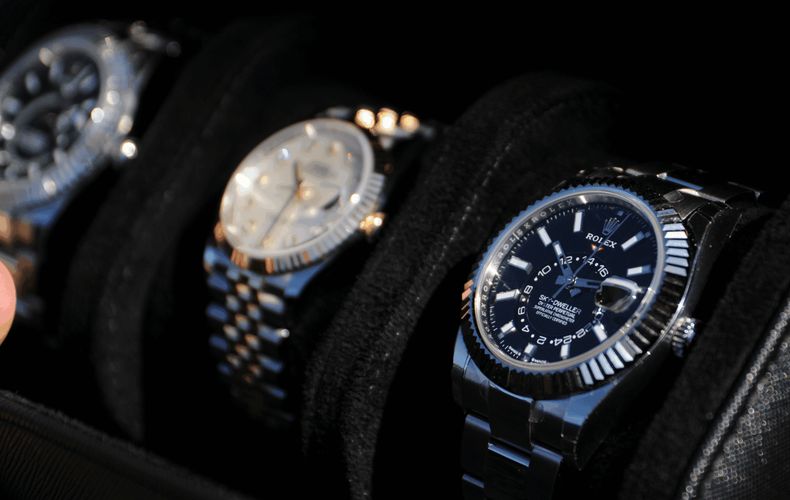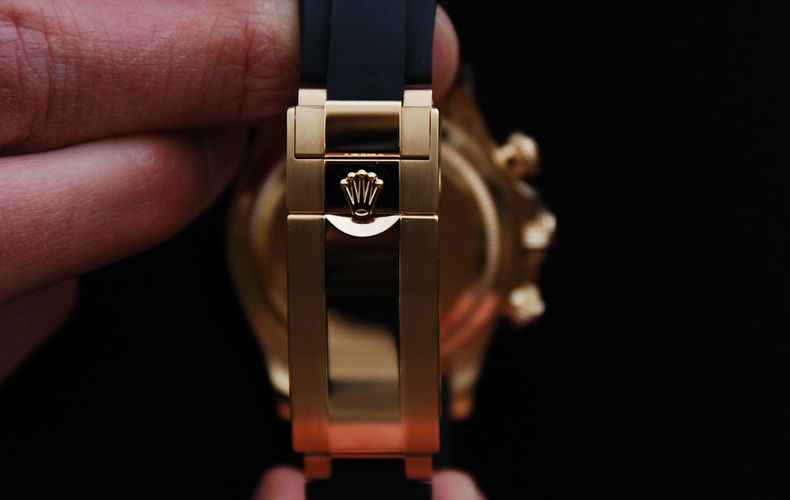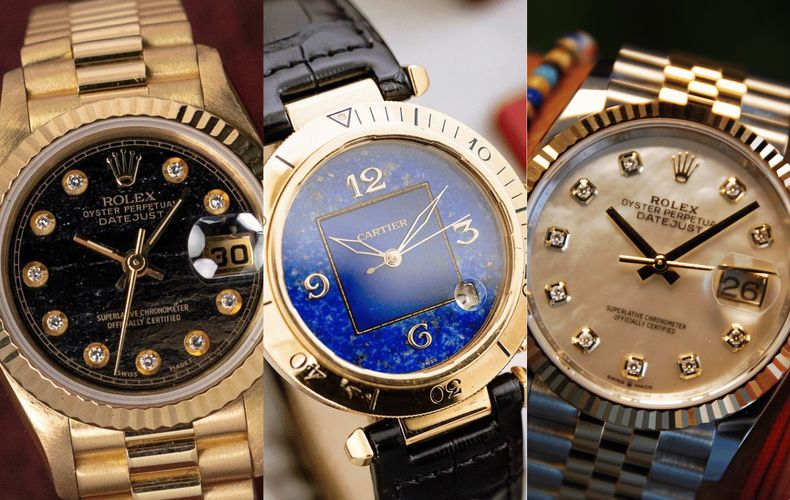What is a Chronograph, Really?
A chronograph watch is a timepiece that functions as both a regular watch and a stopwatch. It often includes sub-dials for tracking elapsed time. Chronographs are used for precise timing in activities like sports, cooking or professional tasks, and the term “chronograph” means “time writer”. What makes a chronograph special isn’t just its function, it’s the experience. That satisfying click when you start timing. The smooth sweep of the hand. It’s a tool you can feel working. And whether you're using it to time laps or boil pasta, it adds a layer of interaction that goes beyond just telling the time.




